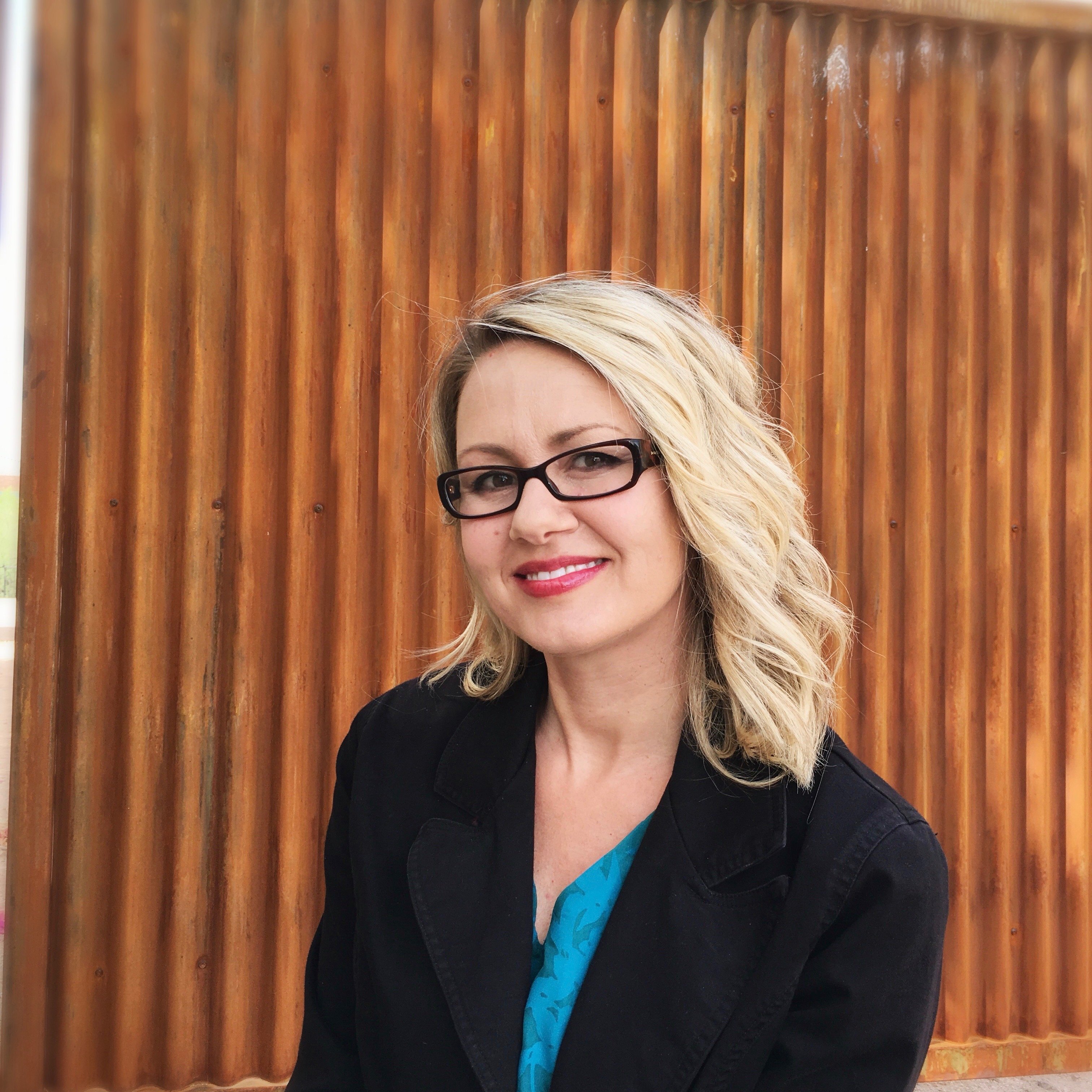The Growing East Valley Wants to Rebrand Itself as PHX East Valley
Thanks to strong job and population growth as well as physical expansion, the East Valley is undergoing a rebranding befitting what was once described as the “fastest growing area in the United States.”
Per AZ Big Media, speakers at a recent event hosted by the Kasten Long Commercial Group, Arizona Multihousing Association, and East Valley Partnership pointed to this growth across the region as an impetus to rebrand the East Valley as “PHX East Valley.”
The new name might leave you wondering … “why?”
Phoenix Metro incorporates over 9,000 square miles, including the city of Phoenix as well as suburbs in the East and West Valley. Trying to explain what’s located in each area can be confusing to Arizona residents, let alone visitors.

For the record, the West Valley includes Buckeye, El Mirage, Glendale, Goodyear, Litchfield Park, Peoria, Surprise, Tolleson, Wickenburg, and Youngtown. The East Valley includes Apache Junction, Chandler, Gilbert, Guadalupe, Mesa, Tempe, and Queen Creek, though some would tell you San Tan Valley and Ahwatukee are part of it as well.
Though the West Valley is finally starting to shrink the economic divide through aggressive growth and job stability, the East Valley remains the economic powerhouse of the Phoenix Metro. Tempe was recently named the No. 1 growth city in the U.S.. Chandler, Scottsdale, and Gilbert are among the top U.S. cities for finding a job according to another study. While the Greater Phoenix population is expected to close in on eight million by 2050, the East Valley is expected to grow by one million people and add over 400,000 new jobs.
So it makes sense for the East Valley to want to align itself further with Phoenix by going with PHX East Valley. The more people think of the two as connected entities, the more likely they are to consider it for their next home, job, or headquarters.
Investment in infrastructure, as described by Valley Metro CEO Scott Smith, is “the glue that holds everything together.” He focused his speech at the event on light rail expansion efforts in PHX East Valley, where investment opportunities are being created along the current and proposed light rail connected to Greater Phoenix. He also reiterated the $1.9 billion capital investment in light rail has already triggered $10.1 billion of additional capital investment, with most of that coming from the private sector.
Future light rail plans may include new connections along the South Central Light Rail Expansion to include four different districts, eventually leading to a second line and station. As-is, the six-mile extension will connect with the current light rail system in Downtown Phoenix and operate south to Baseline Road.

